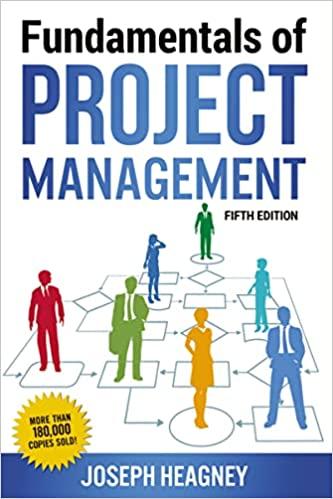Question
What is the bullwhip measure for manufacturer? What is the bullwhip measure for the supplier? 3. What conclusions can you draw regarding the impact that


- What is the bullwhip measure for manufacturer?
- What is the bullwhip measure for the supplier?
3. What conclusions can you draw regarding the impact that economies of scale may have on the bullwhip effect?
Select all of the correct statements below.
A.
The effect of increasing variance of orders with the less frequent orders could be reduced via channel coordination by determining lot sizes.
B.
Larger, less frequent orders imply a larger variance of orders.
C.
The effect of decreasing variance of orders with the less frequent orders could be reduced via channel coordination by determining lot sizes.
D.
Larger, less frequent orders imply a smaller variance of orders.
\begin{tabular}{cccc} \hline Week & Retailer & Manufacturer & Supplier \\ \hline 1 & 110 & 220 & 660 \\ 2 & 110 & & \\ 3 & 220 & 440 & \\ 4 & 220 & & \\ 5 & 290 & 580 & 1,400 \\ 6 & 290 & & \\ 7 & 410 & 820 & \\ 8 & 410 & & \\ \hline \end{tabular} Consider a three-firm supply chain consisting of a retailer, manufacturer, and supplier. The retailer's demand over an 8-week period was 110 units each of the first 2 weeks, 220 units each of the second 2 weeks, 290 units each of the third 2 weeks, and 410 units each of the fourth 2 weeks. The following table presents the orders placed by each firm in the supply chain. Notice, as is often the case in supply chains due to economies of scale, that total units are the same in each case, but firms further up the supply chain (away from the retailer) place larger, less frequent, orders. Click the icon to view the orders placed by each firm in the supply chain. Click the icon to view the ways of calculating the variance. \begin{tabular}{cccc} \hline Week & Retailer & Manufacturer & Supplier \\ \hline 1 & 110 & 220 & 660 \\ 2 & 110 & & \\ 3 & 220 & 440 & \\ 4 & 220 & & \\ 5 & 290 & 580 & 1,400 \\ 6 & 290 & & \\ 7 & 410 & 820 & \\ 8 & 410 & & \\ \hline \end{tabular} Consider a three-firm supply chain consisting of a retailer, manufacturer, and supplier. The retailer's demand over an 8-week period was 110 units each of the first 2 weeks, 220 units each of the second 2 weeks, 290 units each of the third 2 weeks, and 410 units each of the fourth 2 weeks. The following table presents the orders placed by each firm in the supply chain. Notice, as is often the case in supply chains due to economies of scale, that total units are the same in each case, but firms further up the supply chain (away from the retailer) place larger, less frequent, orders. Click the icon to view the orders placed by each firm in the supply chain. Click the icon to view the ways of calculating the varianceStep by Step Solution
There are 3 Steps involved in it
Step: 1

Get Instant Access to Expert-Tailored Solutions
See step-by-step solutions with expert insights and AI powered tools for academic success
Step: 2

Step: 3

Ace Your Homework with AI
Get the answers you need in no time with our AI-driven, step-by-step assistance
Get Started


